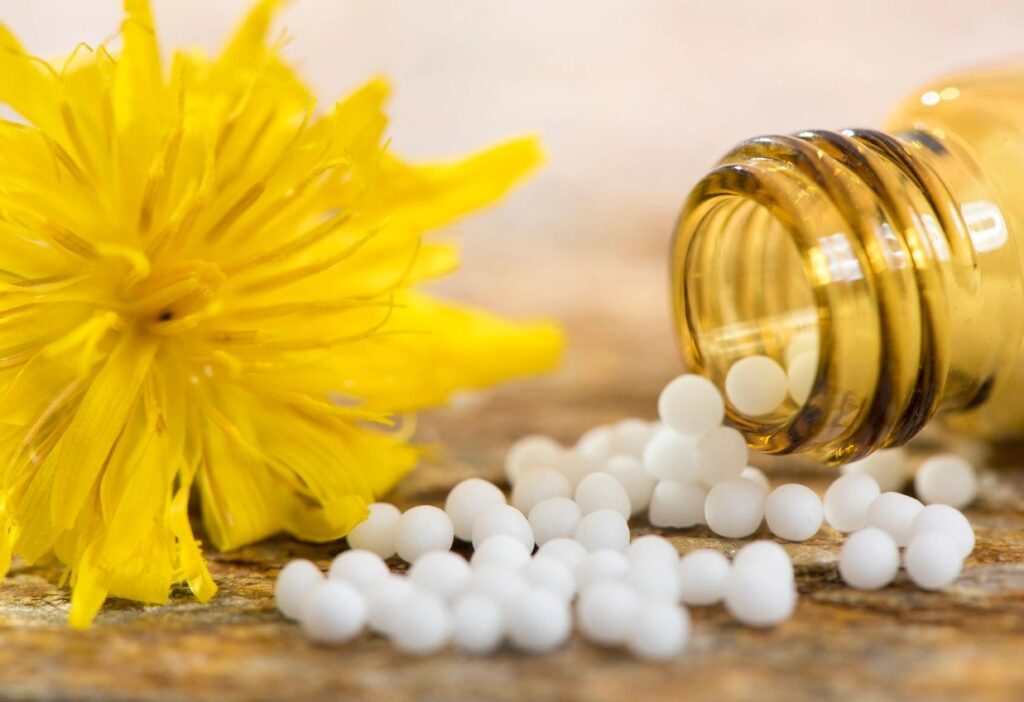The ‘sunshine vitamin’ promotes bone health and immune system function. Moreover, it has been associated with a lower risk of numerous illnesses and ailments, such as cancer, depression, multiple sclerosis, type 2 diabetes, cardiovascular disease (CVD), and more. Most people can get all the vitamin D they need from sunlight and a healthy diet from late March or early April through September. But in the fall and winter, everyone should consider taking a supplement.
How Much Vitamin D Do You Need?
Most people can get all the vitamin D they need through their diet, which includes a variety of foods such as fortified dairy products, fatty fish, and mushrooms exposed to sunlight. According to health experts, adults should consume 10 milligrams of vitamin D daily.
When your bare skin is exposed to sunshine, your body produces vitamin D; however, smog, clouds, age, and having dark-colored skin diminish the amount of vitamin D you create in this way. In addition, people with a high body mass index have lower vitamin D levels because their fat cells absorb less of the vitamin.
A blood test called 25-hydroxy vitamin D measures the vitamin D level in your body and is a good indicator of if you have enough or too much. Deficiency is shown by serum 25(OH)D level below 30 nmol/L (12 ng/mL), while inadequacy is considered to be below 50 nmol/L (20 ng/mL). Too much vitamin D can cause adverse health effects, including kidney damage.
What Type of Vitamin D Should I Take?
Vitamin D (or calciferol) is a fat-soluble vitamin that’s naturally present in a few foods and added to others and available as a dietary supplement. Essential vitamin D3 supplements – boost your overall health and immunity and help your body absorb calcium and phosphate, necessary for bone health.
Vitamin D insufficiency is related to several health issues, including the bone-thinning disease osteoporosis, multiple sclerosis, rheumatoid arthritis, and chronic pain syndrome, as well as high blood pressure and diabetes. However, most associations are associational, and it hasn’t been proven that low vitamin D levels cause these conditions.
Getting enough vitamin D may reduce your risk of heart disease and improve bone health, muscle strength, mental sharpness, and balance. But be careful not to take too much. In rare cases, excess vitamin D can lead to toxicity and high blood calcium levels, damaging your heart, kidneys, bones, and soft tissues. Vitamin D is fat-soluble, so you must take it with food or a beverage containing fat to ensure it gets absorbed in your digestive tract.
How Can I Get Vitamin D?
There are a few vitamin D-rich foods. It’s in oily fish such as salmon, tuna, and mackerel; liver and egg yolks also contain small amounts of the vitamin. Fortified milk is a good source, too. The U.S. government started a milk fortification program in the 1930s to prevent rickets, a bone-weakening disease caused by vitamin D deficiency. Many cereal brands are fortified, too, as is some orange juice.
People at risk of vitamin D deficiency can get enough by eating foods containing the vitamin and taking supplements. Some doctors may recommend testing vitamin D levels to see if you need more of the supplement. The accumulation of excessive calcium in the body can result from prolonged overconsumption of vitamin D (hypercalcemia).
What Are the Best Vitamin D Supplements?
The most popular vitamin D supplement type is cholecalciferol, which is made from animal-based sources, but there are also plant-based options. The best option may depend on your dietary needs and preferences and whether you need D2, D3, or both.

